Last Updated on May 1, 2024 by Pinax Team
TL;DR: Indexer Office Hours #148 features updates on Subgraph Radio from GraphOps and the deployment of a subgraph built to index historical blobs from Pinax.
Opening remarks
Hello everyone, and welcome to the latest edition of Indexer Office Hours! Today is March 12, and we’re here for Episode 148.
Catch this week’s GRTiQ podcast with Baki Er, co-founder of Clave, an innovative new wallet garnering attention for its novel approach to enhancing the user experience with crypto wallets.
Repo watch
The latest updates to important repositories
Execution Layer Clients
- Erigon v2.0 New release v2.58.2 :
- Polygon mainnet users: You must upgrade to this release or later before the Napoli hard fork (March 20, 2024).
- sfgeth v2.0:
- geth v1.13.12 fh2.4
- Heimdall: New release v1.0.4 :
- This is a mandatory release for operators running on Polygon mainnet (specifically validators) and upgrading Heimdall to this version before the Dencun hard fork hits Ethereum mainnet on March 13, 2024 at 13:55 UTC (as mentioned in the announcement) is highly recommended. This release updates the Bor package version used as a dependency to bor v1.2.7, which contains changes for parsing Ethereum (L1) blocks with blob transactions (post Dencun hard fork).
Consensus Layer Clients
Information on the different clients
- Prysm: New release v5.0.1 :
- This minor patch release has some nice improvements over the recent v5.0.0 for Deneb. We have minimized this patch release to include only low-risk and valuable fixes or features ahead of the upcoming network upgrade on March 13.
- Deneb is scheduled for mainnet epoch 269568 on March 13, 2024, at 01:55:35 PM UTC. All operators MUST update their Prysm software to v5.0.0 or later before the upgrade to continue following the blockchain.
- Teku: New release ( last 24.3.0 )
- Fixed an issue where stale lock files weren’t able to be cleaned up and would effectively park the service (BN or VC) with no user errors or any indication that the service was in a bad state.
- Lighthouse: New releases:
- v5.1.1 :
- This hotfix release is identical to v5.1.0, with the exception of some build system fixes for macOS. If you have already updated to v5.1.0, then you can ignore this release.
- v5.1.0 :
- This release (v5.1.0) and the previous release (v5.0.0) both support the Deneb upgrade on March 13, 2024 at 13:55 UTC. Users who are already running v5.0.0 are not required to upgrade to v5.1.0 before Deneb, but it is recommended.
- Lighthouse now caches 3 states by default, rather than 4. The value can be modified with –state-cache-size .
- v5.1.1 :
Graph Orchestration Tooling
Join us every other Wednesday at 5 PM UTC for Launchpad Office Hours and get the latest updates on running Launchpad.
The next one is on March 27. Bring all your questions!
Blockchains Operator Upgrade Calendar
The Blockchains Operator Upgrade Calendar is your one-stop solution for tracking hard fork updates and scheduled maintenance for various protocols within The Graph ecosystem.
Simplify your upgrade process and never miss a deadline again.
Protocol watch
The latest updates on important changes to the protocol
Forum Governance
GIP-0065: Subgraph Availability Manager
- New GIP-0065 aims to start the decentralized process on the SAO (Subgraph Availability Oracle).
- The oracle takes charge of signaling on-chain which subgraphs are going to be denied rewards—and those are subgraphs that either don’t have their files available to index to secure against some attack vectors, as well as those subgraphs that have some features that are not yet supported by the network.
- The idea is to add the subgraph availability manager, enabling us to start the decentralization process and allow more than one oracle to run from multiple teams.
Contracts Repository
- chore: add audit reports #959 (merged)
- chore: lint contracts package with graph custom config #958 (merged)
- feat(eslint): properly ignore paths in ignores config #957 (merged)
Project watch
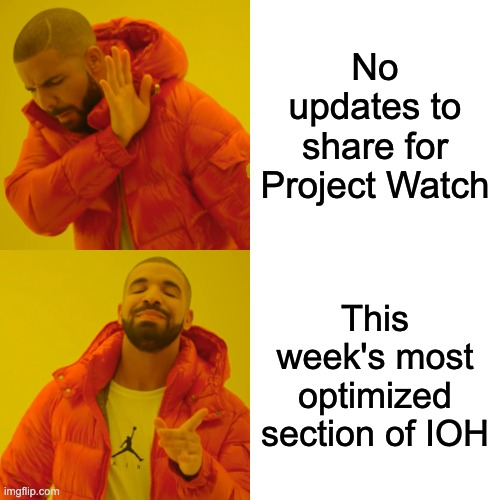
Open discussion
Updates on Subgraph Radio 📻
- Petko from GraphOps announced that Subgraph Radio version 1.0.1 is released. The good news is that the changes don’t require the messages and the message traffic to be forked like what happened before version 1.0. So if you were running Subgraph Radio before version 1.0, and then you ran version 1.0, you weren’t able to receive messages from the people that were running versions before that. This time, that’s not the case. Even if you’re still on version 1.0 for whatever reason, your messages will still be received and handled by people running 1.0.1.
- The team discovered a memory leak—not in their code because their code is written in Rust, but in one of the dependencies, which is written in Go. That was unfortunate, but they traced and fixed the issue, so version 1.0.1 has no memory leaks.
- They added some cool stuff to the Grafana dashboard to help people understand what’s happening inside the Radio.
Radio features
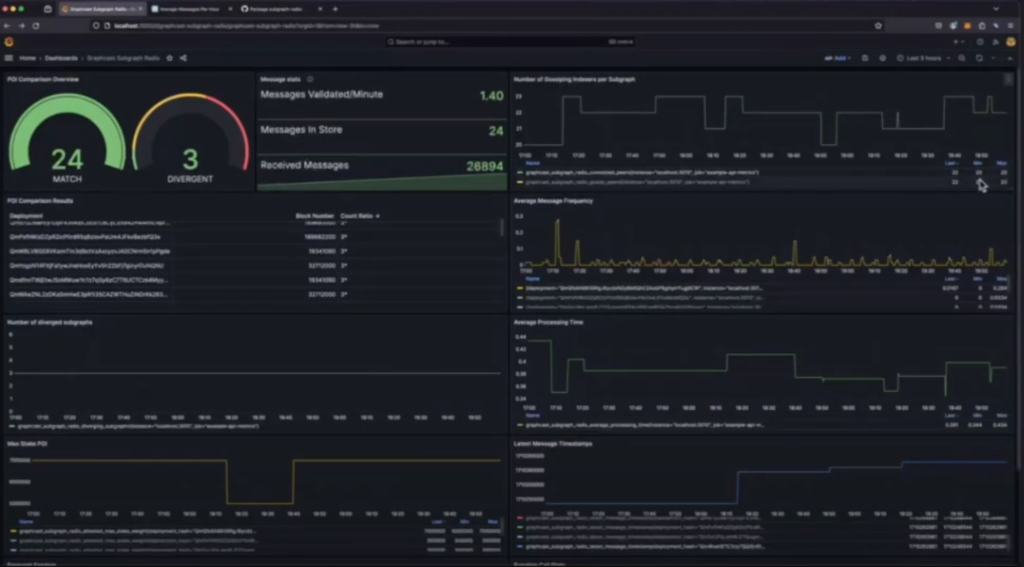
Average message frequency:
- Added the average message frequency so that for each subgraph you are receiving messages for, you can see the times when you receive messages and the reason.
- Different users have configured different intervals at which they want to send messages for subgraphs, which is perfectly fine. You can configure everything.
Average processing time:
- This monitors how long your radio takes to process an incoming proof of indexing (POI) message.
Max stake POI:
- This tracks how much stake is tied to the consensus POI for a given subgraph at a given point.
Latest message timestamp:
- This checks the last time you’ve received and handled a message for a given subgraph.
- It’s also in a UNIX timestamp, which you can track by blocks and timestamps.
Frequent senders:
- This helps you see the top indexers that have sent you messages for a given subgraph.
Number of gossiping indexers per subgraph:
- This shows you how many indexers are sending messages per subgraph, for subgraphs that you care about, where you want to compare your POI to another’s.
For those not yet using Subgraph Radio, check out the GraphOps Subgraph Radio playlist.
Update on saving the blobs
Matthew discussed the Substreams-powered subgraph that Pinax built.
- Matthew shared that the official blog post on what The Graph is doing about blobs is now published: Saving the Blobs: How The Graph Indexes and Makes Blob Data Easily Accessible.
- The subgraph indexing historical blobs from the Beacon chain (Etherum mainet) has been deployed.
- He talked about working on doing subgraphs for other testnets, and those will be coming soon.
- No indexing rewards because it has to go through the chain integration process.
- It would be great to have at least one other indexer indexing this subgraph and not just Pinax.
- Ethereum Blobs Subgraph GitHub repo: eth-blobs / subgraph.
Questions
Q1: Where do blobs live?
Answer: The blobs live in the consensus layer chain, not the execution layer chain, so that’s why we had to build Firehose instrumentation.
Q2: Is anyone planning on doing anything interesting with the blobs?
Answer: That is the million-dollar question. For now, we’re saving the blobs, so we can later see what people want to do with them.
Q3: Is there a limit on how much these blobs will bloat the storage?
Answer: I think Yaro shared it was three terabytes a year.


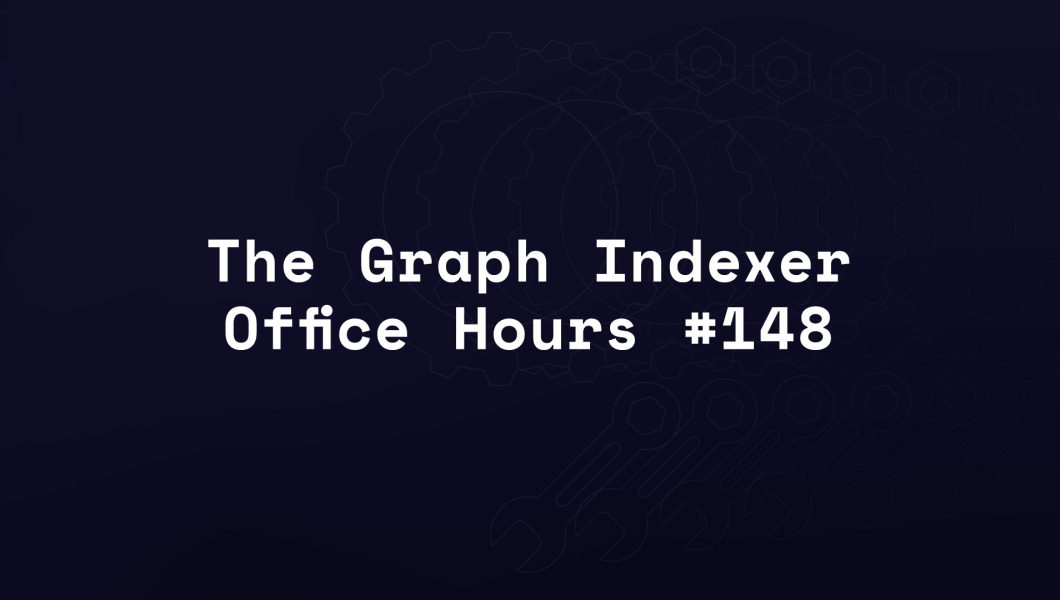


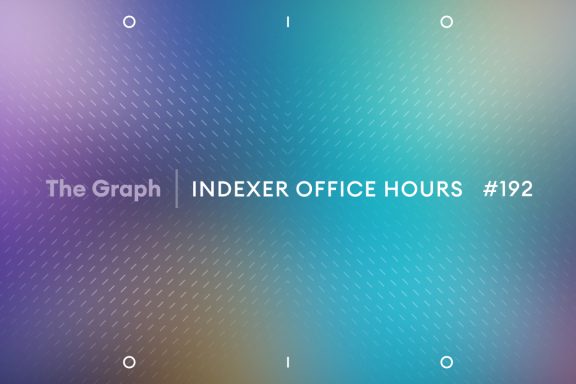
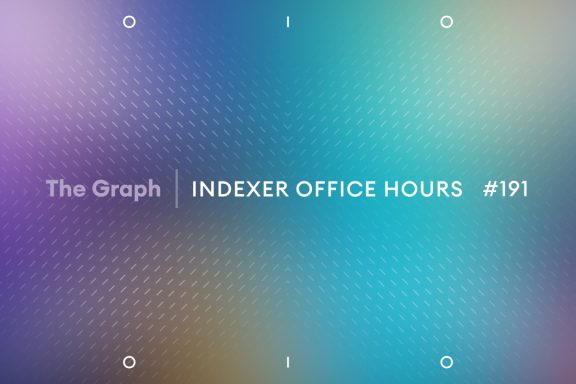
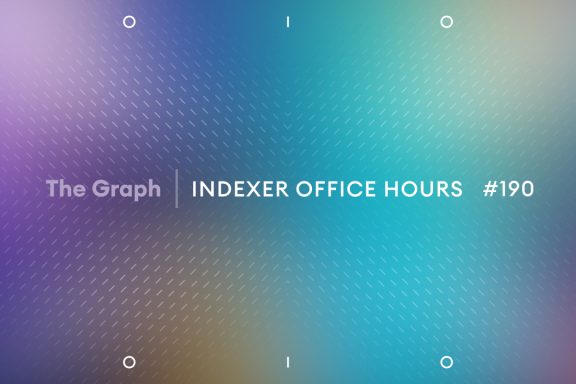
No Comments